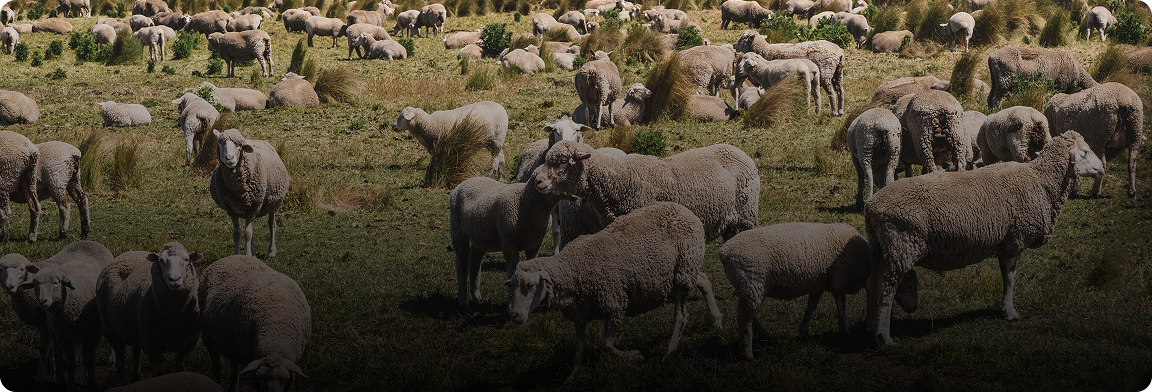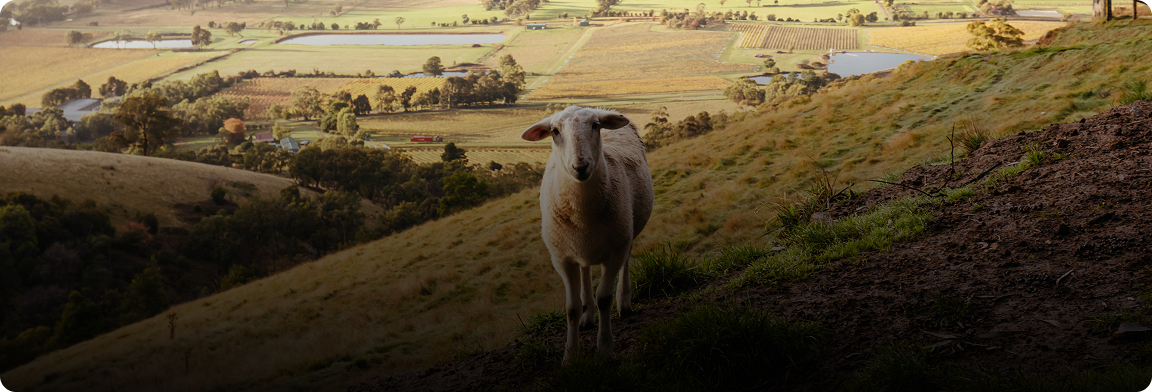Sustainable livestock farming is becoming a key focus in agriculture as we step into 2025. Farmers are now adopting practices that reduce environmental harm while maintaining high productivity. Let’s explore the next best practices that can transform livestock farming for the better.
Why Sustainable Livestock
Farming Matters
Sustainable livestock farming is essential to protect the environment, preserve resources, and meet the growing demand for food. Traditional farming methods often lead to deforestation, water pollution, and greenhouse gas emissions. By embracing sustainable methods, farmers can create a balance between meeting market demands and protecting the planet. Moreover, consumers are now more likely to support eco-friendly farming practices, making sustainability not just a moral choice but also a smart business move.
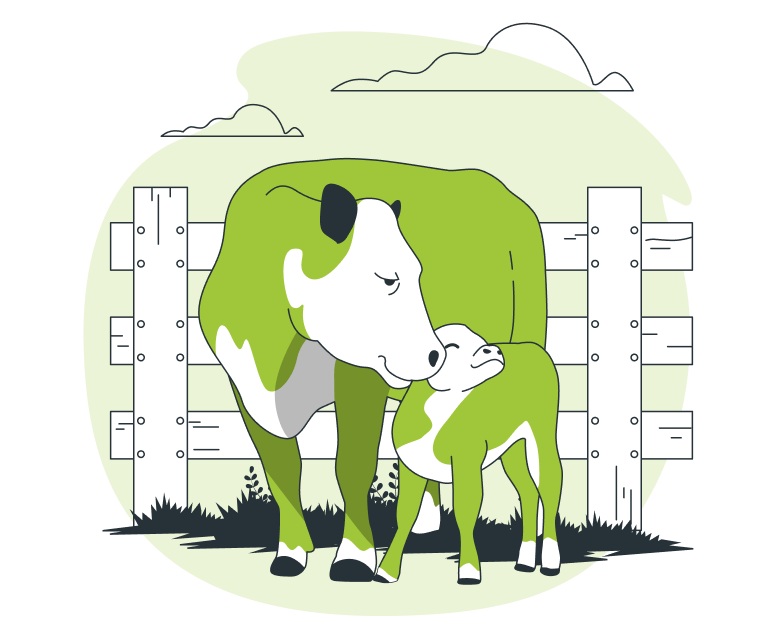
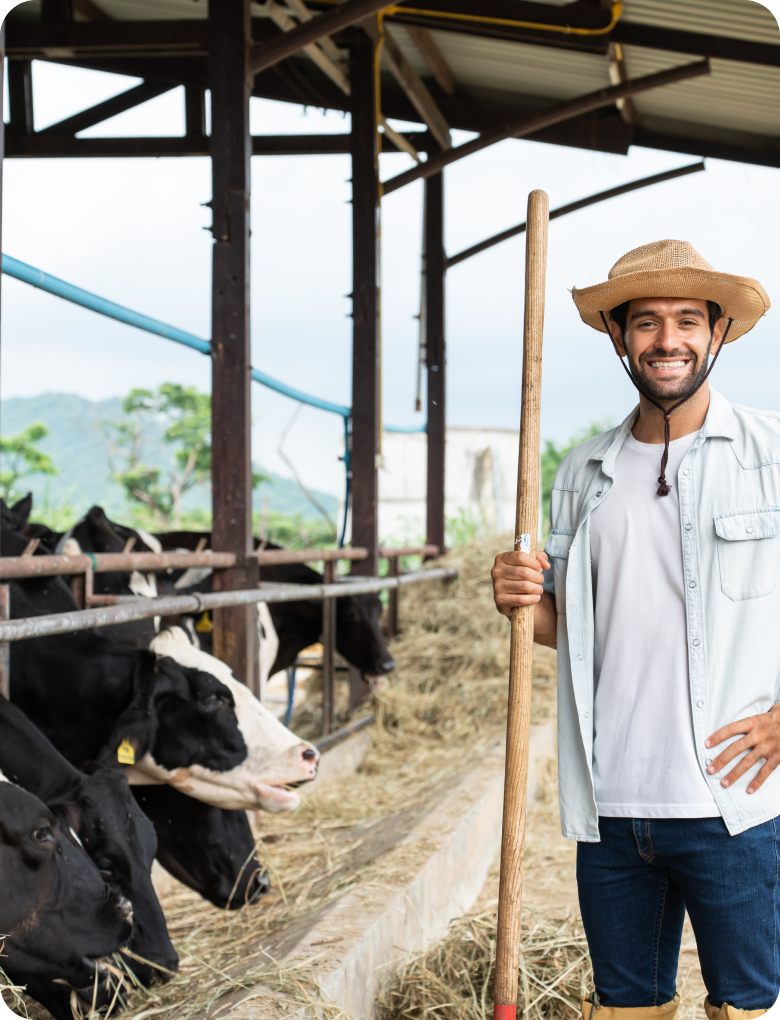
Embracing Technology for
Livestock Farming
Sustainable livestock farming is essential to protect the environment, preserve resources, and meet the growing demand for food. Traditional farming methods often lead to deforestation, water pollution, and greenhouse gas emissions. By embracing sustainable methods, farmers can create a balance between meeting market demands and protecting the planet. Moreover, consumers are now more likely to support eco-friendly farming practices, making sustainability not just a moral choice but also a smart business move.
Adopting Better Grazing
Techniques
Poor grazing practices often lead to soil degradation and loss of vegetation. In 2025, rotational grazing is gaining popularity. This method allows farmers to move animals between pastures, giving the land time to recover. Similarly, silvopasture, which integrates trees and shrubs with grazing lands, is becoming a sustainable alternative. These techniques help maintain soil fertility, reduce erosion, and provide animals with shade, leading to better livestock health.
Key Benefits of Sustainable
Livestock Farming
Poor grazing practices often lead to soil degradation and loss of vegetation. In 2025, rotational grazing is gaining popularity. This method allows farmers to move animals between pastures, giving the land time to recover. Similarly, silvopasture, which integrates trees and shrubs with grazing lands, is becoming a sustainable alternative. These techniques help maintain soil fertility, reduce erosion, and provide animals with shade, leading to better livestock health.
- Protects the Environment: Reduces deforestation, greenhouse gas emissions, and water pollution, helping combat climate change.
- Improves Soil Health: Sustainable grazing and waste management techniques maintain soil fertility and reduce erosion.
- Saves Resources: Efficient water usage, renewable energy, and reduced feed waste lower farming costs and conserve natural resources.
- Boosts Animal Welfare: Healthier, stress-free animals lead to better productivity and ethical farming.
- Supports Farmers’ Income: Eco-friendly practices attract environmentally conscious consumers, creating a demand for sustainable products.
- Ensures Food Security: Sustainable practices maintain productivity while preserving resources for future generations.
- Promote Innovation: Encourages the use of modern technology, alternative feeds, and innovative farming techniques.
- Ensures Food Security: Protects nature to produce enough food for everyone in the future.
By adopting sustainable methods, farmers can contribute to a better future while ensuring their farms remain profitable and efficient.
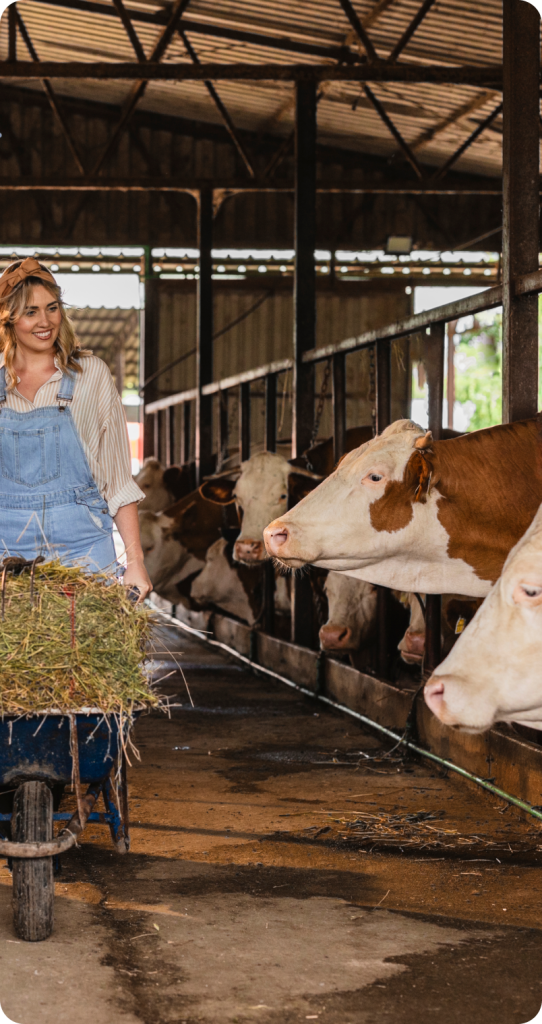

Reducing Greenhouse Gas
Emissions
Livestock farming contributes significantly to greenhouse gas emissions, particularly methane. To address this, farmers are adopting strategies like feeding livestock seaweed or specialized diets that reduce methane production. Furthermore, using renewable energy sources like solar panels on farms helps cut down emissions. By focusing on these practices, farmers can significantly lower their carbon footprint while maintaining productivity.
Efficient Water
Management
Water is a critical resource in livestock farming. However, traditional methods often wastewater. To improve sustainability, farmers are adopting water recycling systems and rainwater harvesting. These methods ensure a steady supply of water for livestock without depleting natural reserves. Additionally, providing shaded areas and cooling systems for animals reduces their water consumption. Simple yet effective practices like this help conserve water and ensure long-term sustainability.
Transitioning to
Alternative Feeds
Traditional animal feed often depends on crops like soy, which contributes to deforestation. Farmers are now exploring alternative feeds, such as insect-based proteins and agricultural by-products. These options are more sustainable and equally nutritious. By using such innovative feeding methods, farmers can reduce their dependence on unsustainable crops while lowering their farming costs.
Collaboration and
Education
Sustainable farming is a shared responsibility. Farmers, governments, and consumers need to work together to promote sustainable practices. Governments can provide subsidies and training programs, while consumers can support eco-friendly products. Farmers must also stay updated through workshops and online resources. By fostering collaboration, we can ensure that sustainable livestock farming becomes the norm in 2025 and beyond.
Emphasizing Animal
Welfare
Animal welfare is closely linked to sustainable farming. Stress-free animals are healthier and more productive. Farmers are now focusing on providing ample space, clean shelters, and nutritious diets for their livestock. Regular health checks and minimizing the use of antibiotics also improve animal welfare. By prioritizing the well-being of livestock, farmers can achieve ethical and sustainable farming goals.
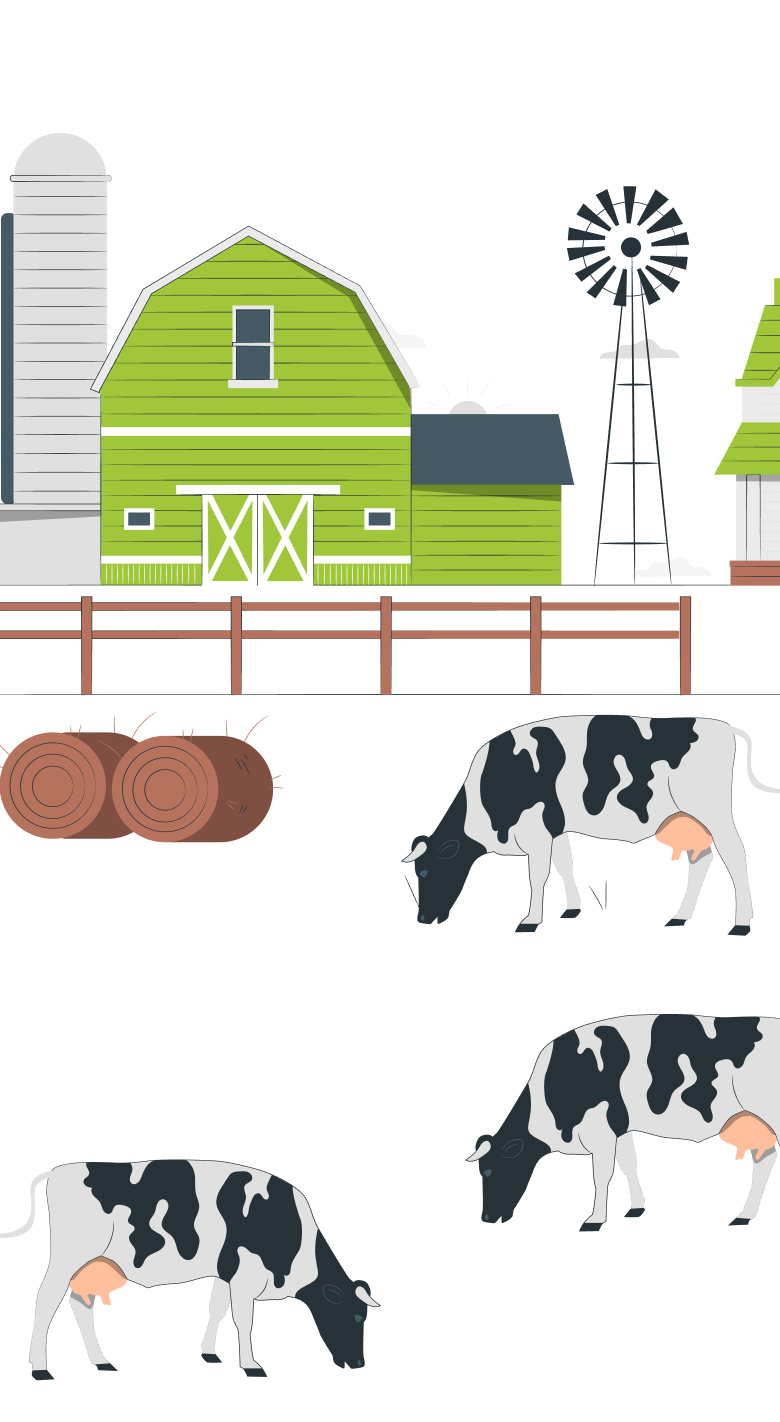
Conclusion
Sustainable livestock farming is not just a trend but a necessity for the future. By adopting practices like better grazing techniques, renewable energy use, and alternative feeds, farmers can protect the environment while staying productive. Embracing technology and focusing on animal welfare further strengthens these efforts. Together, we can build a sustainable future for livestock farming, ensuring a healthier planet for generations to come.

